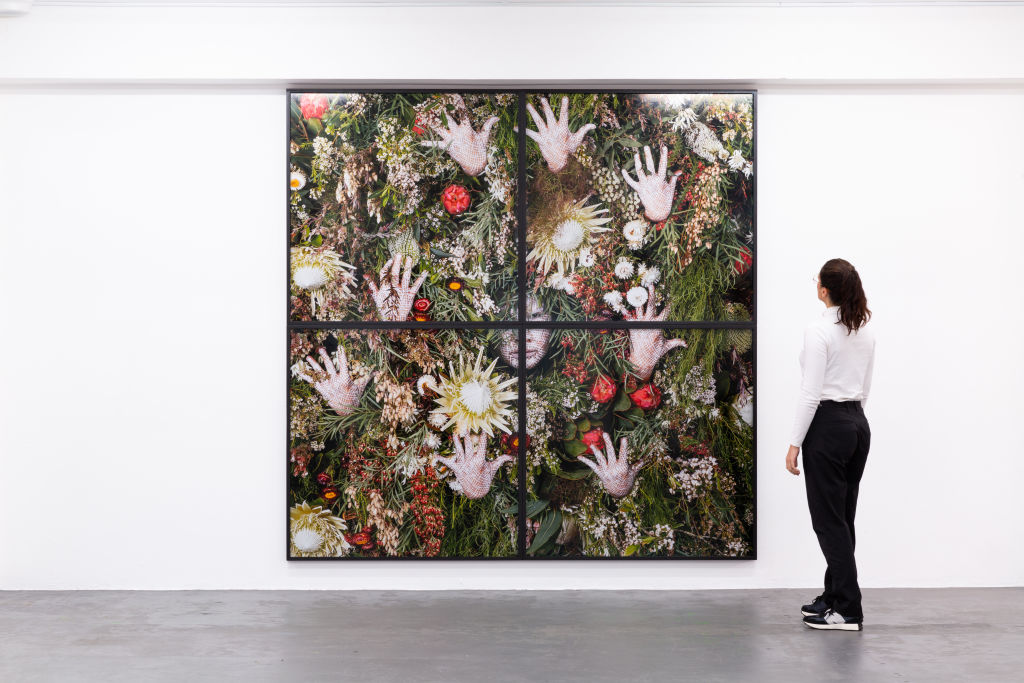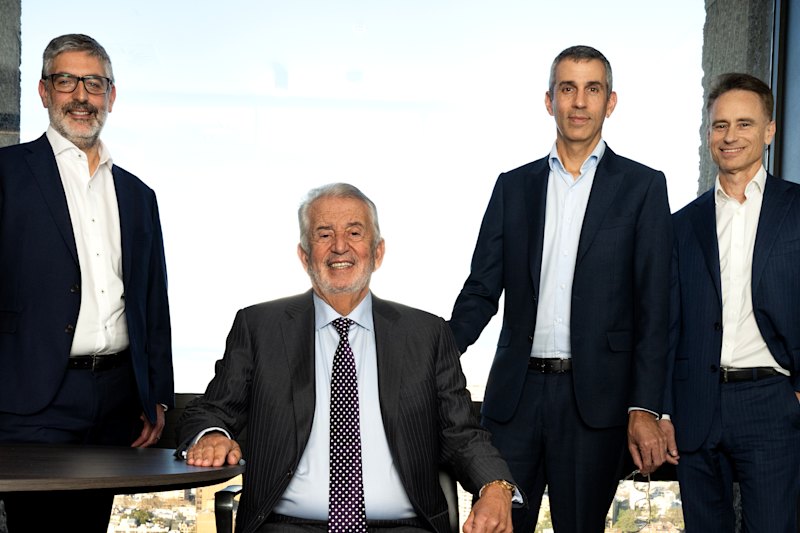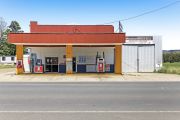
Boom in art sales during pandemic paints a pretty picture for galleries
In one of the biggest surprises of the business-battering pandemic year, many commercial art galleries are reporting their prettiest picture yet, with a number of top fine-art sales, a host of new galleries opening and a massive uptick in online transactions.
“We geared up for the worst in March last year but it proved, instead, a really pleasant surprise,” Michael Reid Galleries Sydney director Toby Meagher said. “It’s definitely been a period of growth for us as a gallery.
“People do look at art as potentially an escape when things are going wrong, and there’s a level of optimism in art that has worked well historically.”
His Surry Hills gallery specialises in contemporary Australian and New Zealand artists and also operates a hub for Australian art in Berlin. It opened another site on Sydney’s northern beaches in October last year, is looking at expanding into the southern highlands before the end of 2021, and is also planning an “art bar” in Sydney with another gallery and a bar.
In addition, its regional gallery in the upper Hunter Valley at Murrurundi has been the very image of success.
“It’s had a major uptick in visitation over the last couple of months as more and more people travel around the regional areas,” Mr Meagher said.
Even in Melbourne the sector survived, and thrived, during the long lockdowns where people weren’t allowed into galleries. Niagara Galleries’ exhibition of Rick Amor in Richmond, during one of those lockdowns, went exceedingly well for all the works under $100,000. Above that price point, people were more nervous about buying an artwork over the internet, sight unseen.
“Those works, many people felt, needed to be seen,” director Bill Nuttall said. “So we’ll be re-showing the more expensive works in April/May. But it’s all been very positive; nothing like as difficult as we’d previously imagined.
“I guess it has refocussed the domestic market,” he added. “We’d been through an era of people being time-poor but during COVID people had more time to browse the internet, look at artworks and think about what they want to buy.
“Prior to last year, people were reluctant to buy online, but now that’s changed, especially if the artist is well-known or with an established reputation.”
In September 2020, Brisbane’s Philip Bacon Galleries had an exhibition of Tim Storrier works, entitled, fittingly enough, The Plague Year, and celebrated sales of over $2.5 million. One client bought a piece in excess of $100,000, saying their family had been forced to cancel their annual skiing trip overseas, so decided to spend the money on art instead.
“A year ago, we were bracing for real problems, but we ended up having an exceptionally good year,” manager Lachlan Henderson said. “We’ve been selling at a great pace.
“People have been forced to stay at home, and want to make their home environment more beautiful and, without spending that money on travel, they have more to spare,” he said. “And they’re more enthusiastic about putting their time into looking at art, rather than just thinking about it. Bizarrely, this year has been a real positive.”
The last Australian Bureau of Statistics survey on commercial art galleries was in 2000, when it found there were 514 such businesses operating in Australia, selling works of art valued at $217.5 million in the 12 months to June 2000. The GFC closed many but now others are springing up to take their place – often artist-run spaces, photographic galleries and pop-ups.
As the leading gallery of a cluster around Darlinghurst and east Sydney, and part of the Sydney East Art Walk, King Street Gallery on William is currently entering its 40th year on a high. Director Randi Linnegar says it’s a great time to be working in art.
“Quite a few of the commercial galleries had a little bit of a boom over covid,” she said. “We’ve been doing particularly well. We had clients with big trips planned so they purchased a work of art instead and many have been upgrading their houses so have included new artworks.
“They’re also spending more time at home, and have the time to look at art rather than running around at work. It’s been fantastic!”
The last person to head the now-defunct Australian Commercial Galleries Association, gallery owner, dealer and consultant Stella Downer, said the results of many pandemic-time exhibitions had been startling, with sales of $100,000-plus paintings at some.
“One of the gallery owners even said that Gladys [Berejiklian] should keep the borders closed, to keep his rich clients in!” she reported. “But it’s been amazing. People were sick of staying at home, so went for walks and passed by the galleries.
“I had one person come in and look at the work of ceramicist Merran Esson. Each piece sells for around $1000 but she said she’s not travelling this year, so she’d spend the money on 10.”
Martin Browne Contemporary in Sydney’s Paddington has enjoyed sales 25 per cent higher by both volume and turnover during the pandemic than at any other time in the gallery’s 29-year history.
“It has been, quite unexpectedly, a boom time,” said Mr Browne. “Because all our collectors – and many new people – who would have otherwise spent money on overseas travel, couldn’t do so, many bought art instead.
“A trend that was particularly noticeable was people telling us that they were buying an artwork to celebrate a milestone birthday or wedding anniversary; spending funds that would otherwise have gone on travel.
“The new year has opened similarly strongly and I anticipate that it will continue to remain so. I think the market will remain strong as people will be hesitant to get back on the international ‘art fair carousel’ until they are satisfied that the vaccine roll-out internationally has been a success.”
Actual gallery visits had been falling for some time even before COVID-19 hit, says Charles Nodrum, the director of his eponymous gallery in Melbourne’s Richmond, while online traffic worldwide had been steadily increasing. The pandemic has given the online market a spur.
“There’s a lot of cash available now to buy paintings and, when no one could move during our second lockdown, we were getting so many more people online. And now the economy is recovering in Victoria surprisingly well, it could be that people will continue spending money on art.”
As an early adaptor to e-commerce, putting everything online six months before COVID-19 arrived, Michael Reid Sydney has been putting a lot of time and resources into presenting art online in interesting ways, an investment that’s paid off handsomely.
“The pandemic has really fast-tracked the audience’s level of comfort with buying artwork online,” Mr Meagher said. “And that works particularly well with artwork that translates well onto a digital home screen or mobile device.”










